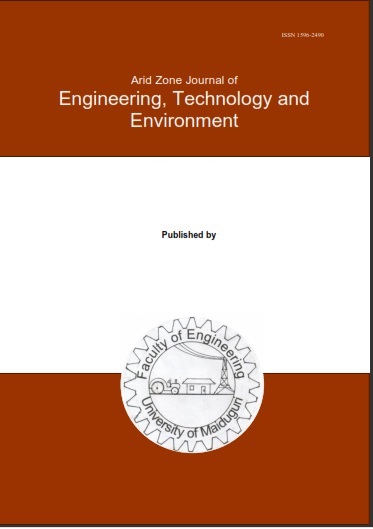Abstract
This investigation analyzes hydroxyapatite (HAp) derived from tilapia fish scales as a green and sustainable corrosion inhibitor for copper in 1M HCl. While fish scales are an abundant biowaste source, the use of the scales' in assessing its corrosion inhibition capability will provide an eco-compatible option for the protection of industrial metals. The hydroxyapatite was purified using a multi-step process consisting of deproteinization, alkaline treatment, and high-temperature calcination under 1000°C to yield a purified nano-HAp powder. Open Circuit Potential (OCP), Linear Sweep Voltammetry (LSV), and Tafel polarization were used to determine the corrosion inhibition efficiency under various temperatures (30°C, 40°C, and 50°C) and different concentrations (0.2 g, 0.4 g, and 0.6 g). The results showed an extensive reduction in the current density of the corrosion and the rate of the corrosion, with a maximum inhibition efficiency of (~95%) occurring under the 0.6 g concentration. The analysis of the adsorption showed that the inhibitor conformed to the Freundlich and Temkin isotherms, inferring multilayer adsorption and strong surface interactions. Optical micrographs corroborated the protective capability of the inhibitor through reduced roughness of the surface and reduced pitting. This study established that hydroxyapatite obtained from fish scales is an effective alternative, and eco-compatible corrosion inhibitor, contributing to waste reduction and green chemistry.

This work is licensed under a Creative Commons Attribution-NonCommercial-NoDerivatives 4.0 International License.
Copyright (c) 2025 ARID ZONE JOURNAL OF ENGINEERING, TECHNOLOGY AND ENVIRONMENT

